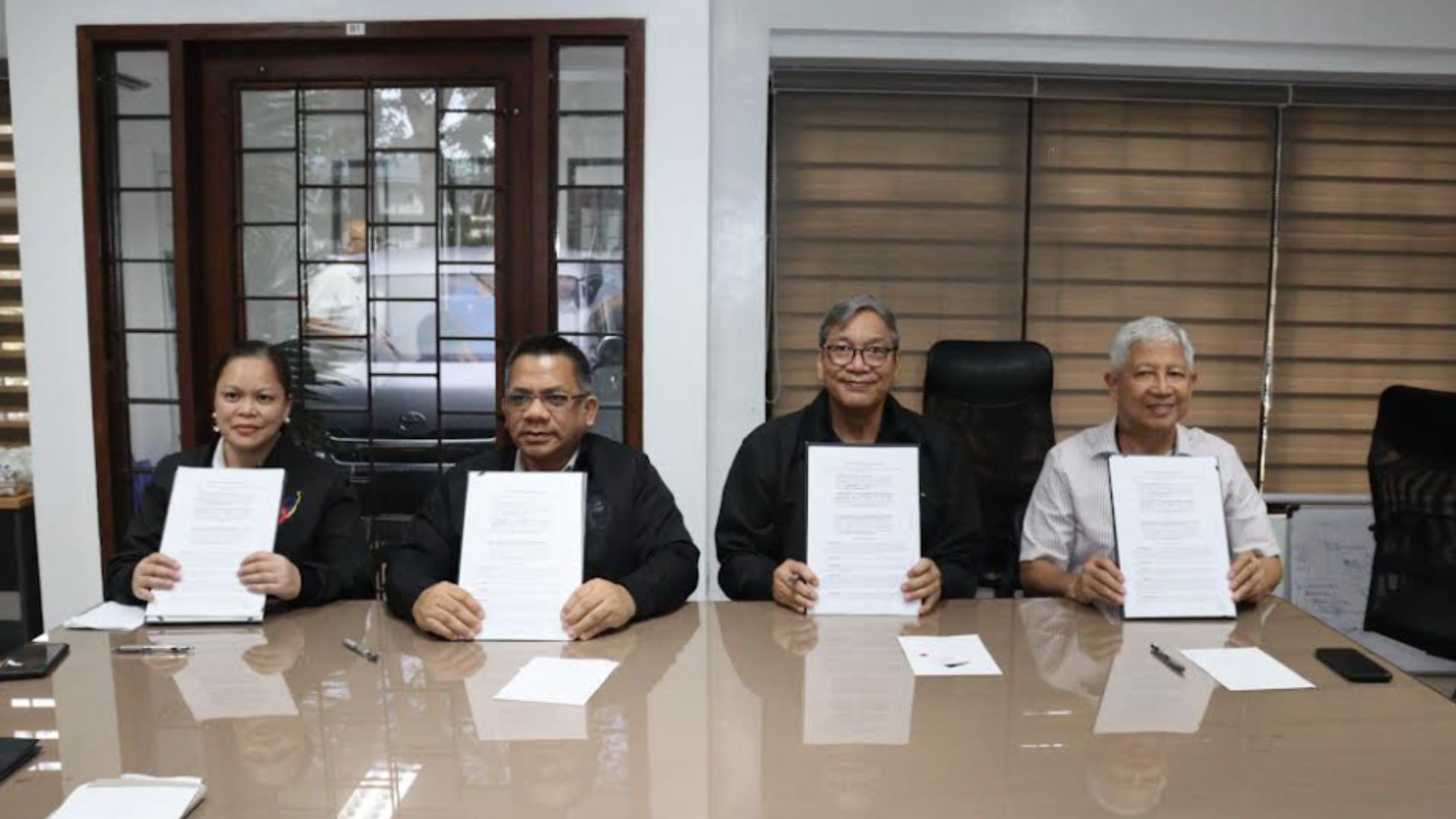Petron Foundation Teams Up With UPLB to Measure Carbon Capture in Mangrove Reforestation Sites
- February 13, 2025
- 0

Petron Foundation Inc. (PFI), through its Puno ng Buhay reforestation program, is advancing its climate action initiatives by partnering with the University of the Philippines Los Baños-College of Forestry and Natural Resources (UPLB-CFNR) and UPLB Foundation Inc. to conduct a science-based assessment of its sequestered carbon in its 55-hectare mangrove rehabilitation sites in Davao, Roxas, and Bulacan.
Sequestered carbon refers to carbon that has been captured and stored in natural or artificial reservoirs, preventing it from re-entering the atmosphere as carbon dioxide (CO₂). This helps reduce greenhouse gas concentrations and mitigate climate change.
In natural systems, carbon sequestration can occur through various processes: forests and vegetation absorb CO₂ during photosynthesis, storing it as biomass in roots, stems, and leaves; soils store carbon for long periods of time as organic matter, especially in wetlands and grasslands; and oceans absorb CO₂ through marine organisms particularly phytoplanktons.
Human-engineered methods can also sequester carbon. For example, carbon capture and storage (CCS) technologies aim to capture CO₂ directly from industrial sources or the atmosphere and store it underground in geological formations, such as depleted oil and gas fields.
The partnership between PFI and UPLB was sealed in a Memorandum of Agreement (MOA) signed on January 7. Signatories include Petron Foundation, Inc. (PFI) Executive Director Mia S. Delos Reyes, UPLB Foundation Inc. Executive Director Enrico P. Supangco, UPLB Chancellor Jose V. Camacho Jr., Ph.D., and UPLB-CFNR Dean Marlo D. Mendoza.
Under the MOA, experts from UPLB will lend their scientific expertise in forest carbon analysis, remote sensing, and biodiversity assessment to measure the long-term benefits of reforestation in the above adopted areas.
The collaboration between Petron and UPLB marks a significant step in quantifying the role of mangrove forests in carbon sequestration and climate mitigation.
Mangrove forests store three to five times more carbon per hectare than terrestrial forests. These coastal ecosystems play a crucial role in absorbing atmospheric carbon dioxide (CO₂), mitigating storm surges, preventing coastal erosion, and supporting marine biodiversity.
PFI’s Puno ng Buhay reforestation program is a key component of the corporate sustainability initiatives of San Miguel-led Petron Corp. It aims to restore vulnerable ecosystems, reinforce environmental stewardship, while also engaging local communities. Through this program, Petron has planted thousands of mangroves and native tree species across various sites.
How do you think scientific monitoring can improve reforestation projects in the Philippines? Should more companies collaborate with universities to enhance climate action initiatives? Share your insights in the comments below, and follow Power Philippines for the latest updates on sustainability and environmental conservation!